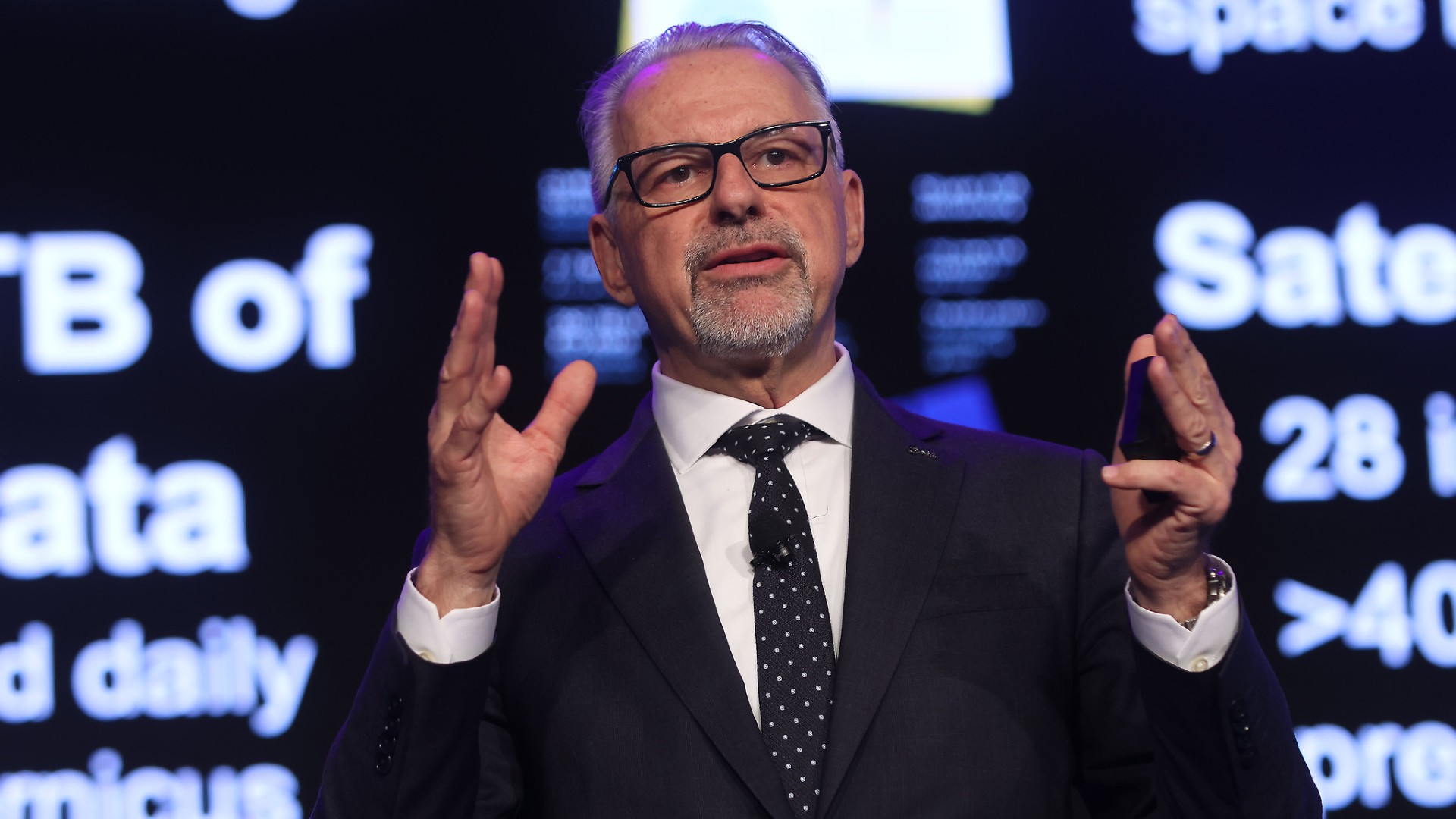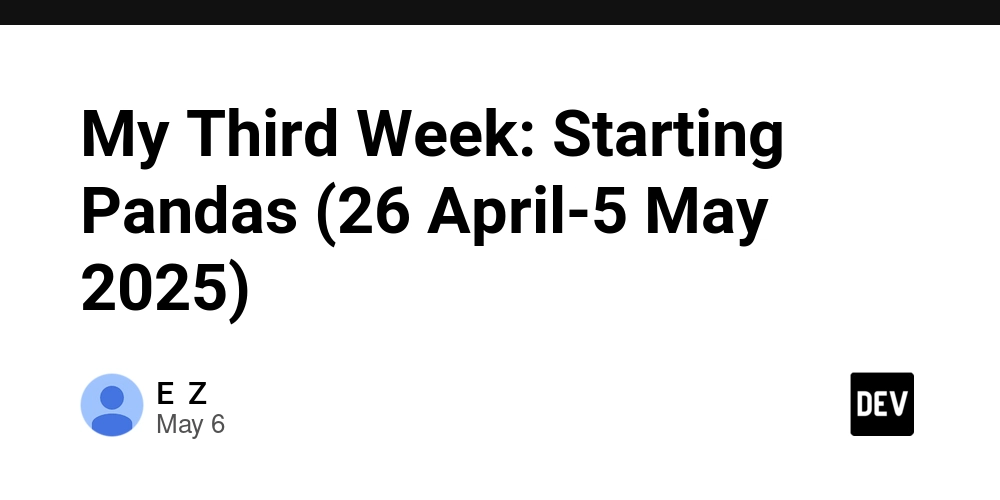Building the Future of Manufacturing: AI in Production Scheduling for Smart Factories
Manufacturing has always been a complex dance of materials, machines, and manpower. But in the age of Industry 4.0, this dance is becoming increasingly orchestrated by artificial intelligence. Smart factories are leveraging AI to automate one of the most critical — and traditionally inflexible — components of production: scheduling. At a glance, production scheduling seems straightforward — align machines, materials, and manpower to meet delivery targets. But developers and system engineers working in manufacturing tech know how deep the rabbit hole goes: real-time constraint handling, machine availability, order priorities, predictive maintenance data, and more. Here's how AI is changing the game: AI scheduling engines use reinforcement learning and constraint programming to simulate optimal workflows. Digital twins enable testing of scheduling scenarios before real-world deployment. IoT data integration supports real-time responsiveness to production floor events. Predictive analytics anticipate demand spikes, raw material shortages, and equipment failures. This means software architects are now designing systems that not only collect data but act on it in milliseconds — a feat that's rewriting efficiency benchmarks across industries.

Manufacturing has always been a complex dance of materials, machines, and manpower. But in the age of Industry 4.0, this dance is becoming increasingly orchestrated by artificial intelligence. Smart factories are leveraging AI to automate one of the most critical — and traditionally inflexible — components of production: scheduling.
At a glance, production scheduling seems straightforward — align machines, materials, and manpower to meet delivery targets. But developers and system engineers working in manufacturing tech know how deep the rabbit hole goes: real-time constraint handling, machine availability, order priorities, predictive maintenance data, and more.
Here's how AI is changing the game:
AI scheduling engines use reinforcement learning and constraint programming to simulate optimal workflows.
Digital twins enable testing of scheduling scenarios before real-world deployment.
IoT data integration supports real-time responsiveness to production floor events.
Predictive analytics anticipate demand spikes, raw material shortages, and equipment failures.
This means software architects are now designing systems that not only collect data but act on it in milliseconds — a feat that's rewriting efficiency benchmarks across industries.













































































